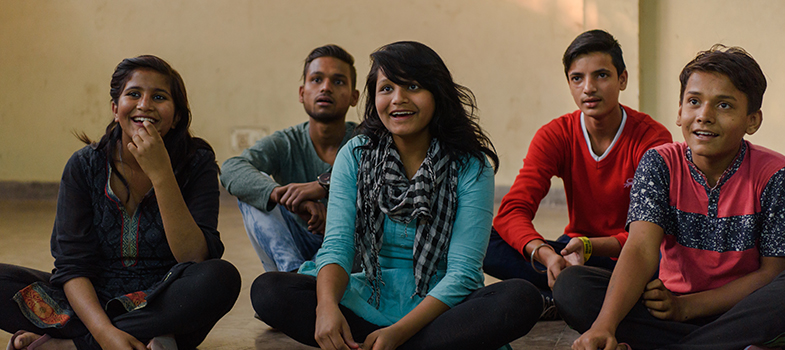5.2 Practising consent through handshakes
The next activity is not one you can do by yourself, although you could find a colleague or friend to work with if you would like to experience it yourself before you include it in a CSE session.
It offers a way to help young people think about the importance of communication around consent, without focusing on sexual activity.
It reminds us that all sorts of relationships and interactions require communication to make sure each person is comfortable and content.
Activity 5.2: Consensual handshakes
Here you will find a full lesson plan [Tip: hold Ctrl and click a link to open it in a new tab. (Hide tip)] , including educators’ notes. This activity was developed by Justin Hancock and Meg-John Barker and is available at Bish Training. This activity is also available as part of dosreforschools.com where you can find a whole suite of free resources for teaching over 14s around consent, gender, sexuality, safer sex, relationships and self.
Below, we summarise the main aspects of this activity. Use the lesson plan in the link above for the full description.
Summary
Ask people to shake hands with others, or greet in another way that feels comfortable to them, and then ‘score’ this handshake by analysing how it felt.
Then they prepare to do a second handshake by first negotiating with their partner, for example they might discuss the tightness of the grip, whether they’d prefer to just wave at each other instead, etc.
Then the group discusses how this felt compared to the first greeting.
For the third handshake they will be asked to really pay attention to the other person, building on what they’ve learnt and to try a greeting they feel will be mutually beneficial.
Finally, the group discusses how they found the activity and what they discovered about the three versions of their greeting.
In your comments on the activity, you can bring out the analogies with sexual consent – there are suggestions on how to do this in the lesson plan.
5.1 A good relationship

